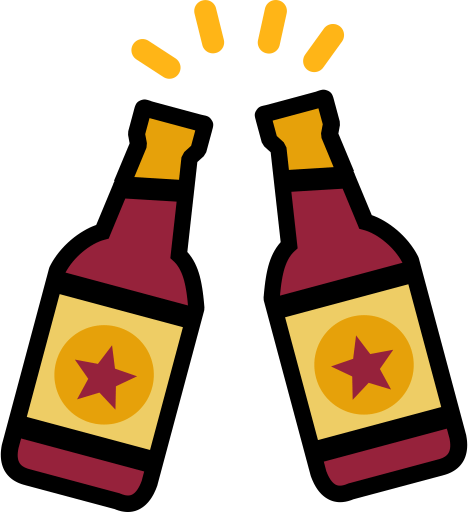Hi everyone, I’ve come seeking your wisdom.
I love brewing beers. Im also, apparently, irresponsible when it comes to alcohol consumption. So I decided thotmi wont have alcohol in my house anymore. But I also want to still brew, and enjoy my brew.
So, is there a good way of de-alcoholizing the brew after it fetments, such that the flavor wont be impacted, or will be minimally impacted?.
Thank you, oh wise Lemmy hive mind


Making alcohol-free or low-alcohol beer that tastes good is actually really hard and is still actively being researched. Because of reasons, it’s even harder at homebrew scale.
The main methods are:
Each of the methods have their drawbacks. If you use a maltose-negative strain, you need to be able to pasteurize your beer, otherwise infections are inevitable. This is the reason why LalBrew LoNa is currently not sold to home brewers, as Lallemand does not think that home brewers will be able to reliable pasteurize and use the yeast correctly. The beer will also taste worty and sweeter than regular beer. Dealcoholization on the other hand is basically impossible to do at home. It also leaves behind a thin-tasting beer with unsatisfactory mouthfeel. Recent research has shown that the best tasting non-alcohol/low-alcohol beer can be produced by blending two beers made with these two methods.